Accepted Scientific Name: Melocactus ernestii Vaupel
Monatsschr. Kakteenk. 30: 8. 1920
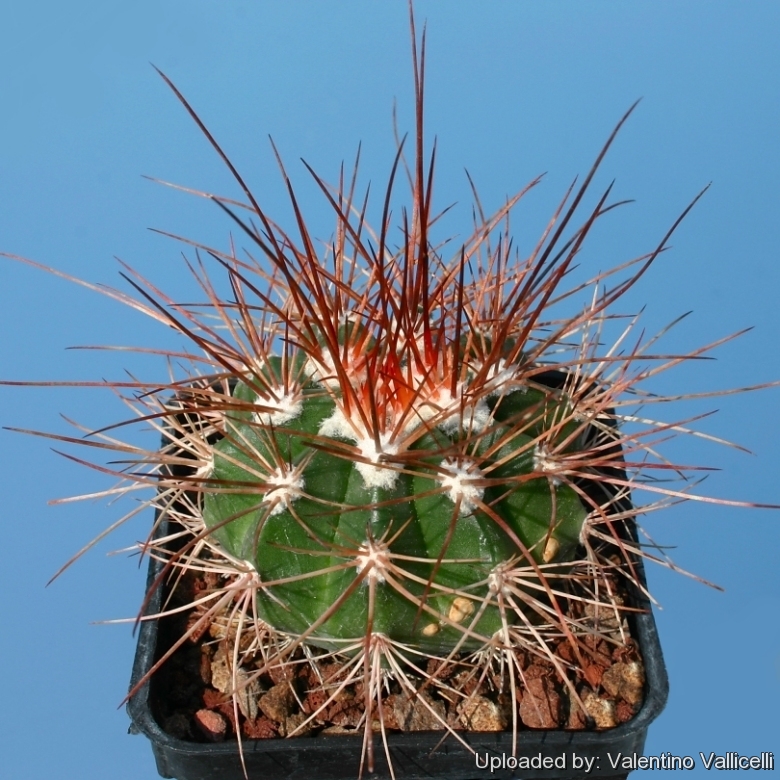
Melocactus diamantinus Photo by: Valentino Vallicelli
Origin and Habitat: Chapado do Diamantina (Mercedes de Diamantina), Minas Gerais (Brasilia), Brasil
Synonyms:
See all synonyms of Melocactus ernestii
Common Names include:
ENGLISH: Turk’s Cap, Melon Cactus
Description: Melocactus diamantinus (or diamantineus) is an hoticultural name used to indicate one of the innumerable local form of the very variable Melocactus ernestiiSN|2264]]SN|2264]] with extremely beautiful and very long red spines and large white woolly areoles.
Stem: Globose, up to 15 cm in diameter with 10 to 12 ribs and a cephalium with many brown bristles.
Remarks: The most remarkable part of a Melocactus is its cephalium a bristle-coated structure on the summit of the plant, only Melocactus, and the similar genus Discocactus possesses this type of permanent, apical, hat-like appendage. It’s only when a Melocactus reaches maturity that the cephalium begins to grow. Cylindrical, with a diameter distinctly smaller than that of the plant body below, the cephalium will keep growing for the rest of the plant’s life, but the body of the plant stops growing the moment the cephalium starts to form. As the plants age the cephalium doesn’t increase in circumference it will steadily grow taller.
Subspecies, varieties, forms and cultivars of plants belonging to the Melocactus ernestii group
 Melocactus diamantinus hort.: has extremely beautiful and very long red spines and large white woolly areoles. Distribution: Chapado do Diamantina (Mercedes de Diamantina).
Melocactus diamantinus hort.: has extremely beautiful and very long red spines and large white woolly areoles. Distribution: Chapado do Diamantina (Mercedes de Diamantina).- Melocactus ernestii Vaupel: has noticeably mucilaginous stems with 10 to 13 ribs. Distribution: Bahia and northeastern Minas Gerais.
- Melocactus ernestii subs. longicarpus (Buining & Bredero) N.P.Taylor: has not mucilaginous stems, with 9 to 11 ribs. Distributiom: southern Bahia and northern Minas Gerais.
 Melocactus ernestii var. multiceps hort.: has stout brown spines, with both of normal vegetative growth and mutant plants with cristate and multiple branched cephalia. Distribution: West of Itaobim, Minas Gerais, Brazil.
Melocactus ernestii var. multiceps hort.: has stout brown spines, with both of normal vegetative growth and mutant plants with cristate and multiple branched cephalia. Distribution: West of Itaobim, Minas Gerais, Brazil. Melocactus erythracanthus Buining & Bredero: has green, not glaucous body and very long, reddish spines up to 15 cm in length. Distribution: Morro do Chapeu, Bahia.
Melocactus erythracanthus Buining & Bredero: has green, not glaucous body and very long, reddish spines up to 15 cm in length. Distribution: Morro do Chapeu, Bahia. Melocactus florschuetzianus Buining & Bredero: has yellowish green stem with long thin yellowish-brown spines. Distribution: Barrocao, Francisco Sa, Minas Gerais.
Melocactus florschuetzianus Buining & Bredero: has yellowish green stem with long thin yellowish-brown spines. Distribution: Barrocao, Francisco Sa, Minas Gerais.- Melocactus neomontanus Van Heek & Hovens
Bibliography: major references and further lectures
1) Willy Cullmann “Kakteen: Einführung in die Kakteenkunde und Anleitung zu erfolgreicher Kakteenkultur” E. Ulmer, 1972
2) Hirao, H. “Colour Encyclopedia of Cacti” Seibundo Shinkocha Pub. Co. 1979
3) Stuart Max Walters “The European garden flora. 3.[Angiospermae], Dicotyledons. [Casuarinaceae to Aristolochiaceae]” Cambridge University Press, 1989
4) Edward Anderson “The Cactus family” Timber Press, Incorporated, 2001
5) David R Hunt; Nigel P Taylor; Graham Charles; International Cactaceae Systematics Group. "The New Cactus Lexicon" dh books, 2006
6) John Borg “Cacti: a gardener's handbook for their identification and cultivation” Blandford Press, 1959
7) Curt Backeberg: “Die Cactaceae: Handbuch der Kakteenkunde.” Vol. IV, Gustav Fischer Verlag, Stuttgart New York 1984
8) Sara Oldfield “Cactus and Succulent Plants: Status Survey and Conservation Action Plan” IUCN, 01/Jan/1997
9) Edgar Lamb, Brian Lamb ”The Illustrated Reference on Cacti & Other Succulents,” Volume 5 Blandford Press, 1978
10) Urs Eggli, Leonard E. Newton "Etymological Dictionary of Succulent Plant Names" Birkhäuser 2004
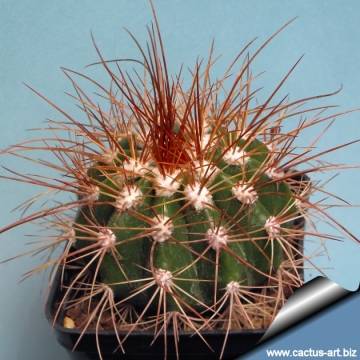 Melocactus diamantinus Photo by: Cactus Art
Melocactus diamantinus Photo by: Cactus Art Melocactus diamantinus Photo by: Valentino Vallicelli
Melocactus diamantinus Photo by: Valentino Vallicelli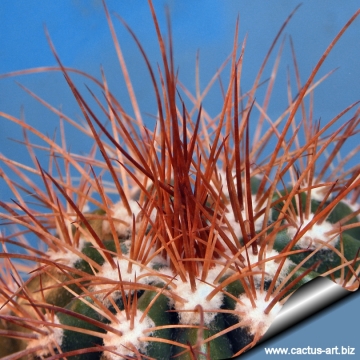 Melocactus diamantinus Photo by: Cactus Art
Melocactus diamantinus Photo by: Cactus Art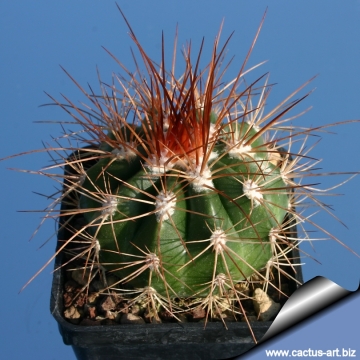 Melocactus diamantinus Photo by: Cactus Art
Melocactus diamantinus Photo by: Cactus Art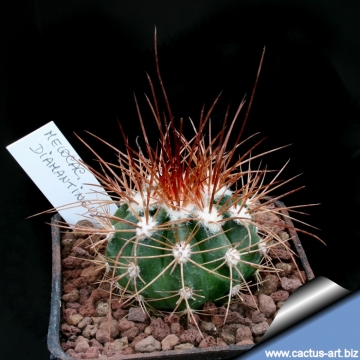 Melocactus diamantinus Photo by: Cactus Art
Melocactus diamantinus Photo by: Cactus ArtSend a photo of this plant.The gallery now contains thousands of pictures, however it is possible to do even more. We are, of course, seeking photos of species not yet shown in the gallery but not only that, we are also looking for better pictures than those already present.
Read More... Cultivation and Propagation: These cacti are not the easiest things to grow and aren’t plants for beginners. It grows from April to October, it can’t endure long stretches of total dryness, and also too much water will rot it, as its weak root systems tends to be inefficient at sucking up water from wet soil. Nonetheless, again as a result of their tropical origins, they need a fair amount of water, but allow the soil to dry quite a bit before watering again. Melocactus rests from October to April but can’t stand cold, or even fairly cool temperatures, so is indispensable to keep it above 8-12°C at all times, severe damage or death occurring at temperatures that the great majority of cacti wouldn’t mind in the least and prefer more frequent water in winter than other cacti, say once a month. Do not feed in winter.
The root system is weak and generally resents being repotted and can take a long time to re-establish. The soil mix should be very quick draining, prefers very bright light, not as much as the most arid growing cacti, but plenty nonetheless.
Propagation: Exclusively by Seeds. Sow in February-march in a light, sandy, porous soil. Cover germinating tray with glass to prevent seed from drying out. Germination is most successful at a temperature of 18 to 22° C.















